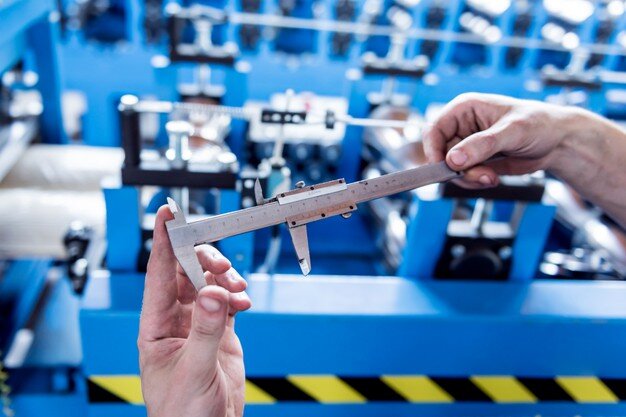Instruments may show a drift in accuracy for several reasons, while calibration ensures that the accuracy is preserved. Completing the method in an environment devoid of factors that will affect the instrument calibration is critical. Several factors may affect calibration which can further affect the end quality, rendering the objective of calibration useless. Three of these factors are as follows:
Wrong values
Calibration of any instrument must be completed exactly as instructed. Trying to settle on the incorrect values or disregarding documentation changes the way the instrument behaves. Using the incorrect values produces notable errors within the operating range of the instrument. Even though newer instruments have a built-in software diagnostic system that will alert the operators if the order during which calibrators are tested is wrong, they can't distinguish between calibrators that use the wrong values. Therefore, extra attention should be used to ensure that the correct values are used.
Wrong calibrator
The essential components required for instrument calibration are calibrators, which makes it important that the calibrators used are manufactured by trustworthy and reputable calibration labs or manufacturers. The quality of calibrators potentially can directly affect the results of instrument calibration. Only calibrators built to express tolerances and specifications should be used for getting repeatable results and performance. Another tolerance related to the formulation and style of a calibrator is due to the traditional inaccuracies within the instrument and internal control processes. Be sure to use those with the proper formulation tolerance required for the instrument being calibrated.
Ambient conditions
Ambient environmental factors — like pressure, temperature, and humidity — have significant effects on the results of calibration. Instruments should be calibrated in an environment that resembles the one during which they're going to operate. If variations within the ambient environmental conditions occur, they're going to affect the calibration process. For example, instruments calibrated in fluctuating temperatures are going to be susceptible to temperature-induced errors when operated during a different environment. Variations that will affect calibration should be minimized to realize accurate results.
The importance of instrument calibration in several industries can't be emphasized enough. It is the foremost basic, yet crucial maintenance requirement and is a longtime procedure that ought to be conducted by any industry that uses instruments and machinery to manufacture and/or test products.
Now you can get 40% OFF for Calibration and Testing Services at ETS Solutions Asia, an ISO 17025 SAC-SINGLAS Accredited Laboratory. *Offer valid until 11 Feb 2021, please claim your coupon by typing the code mentioned in the description of the Subject.






